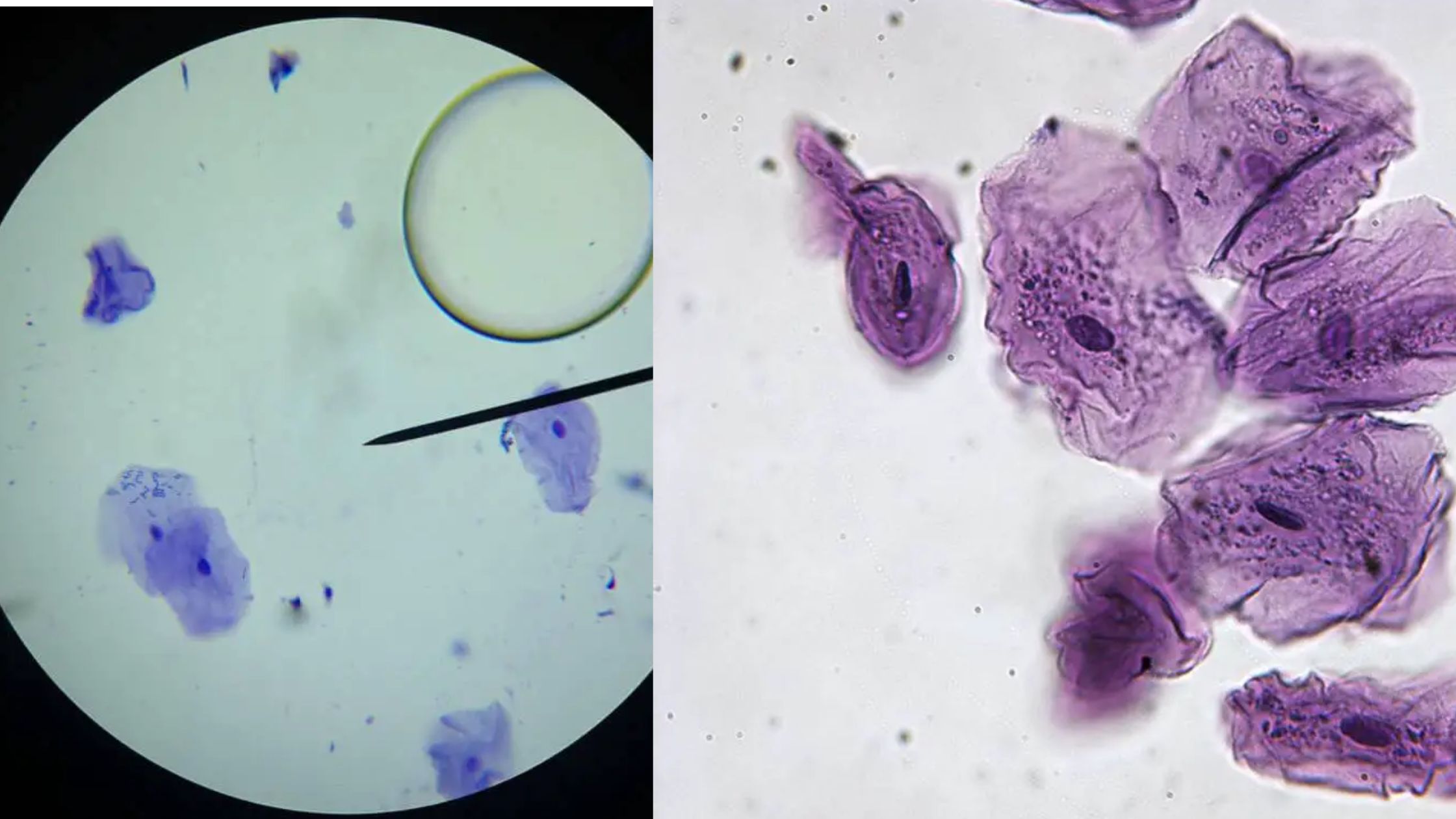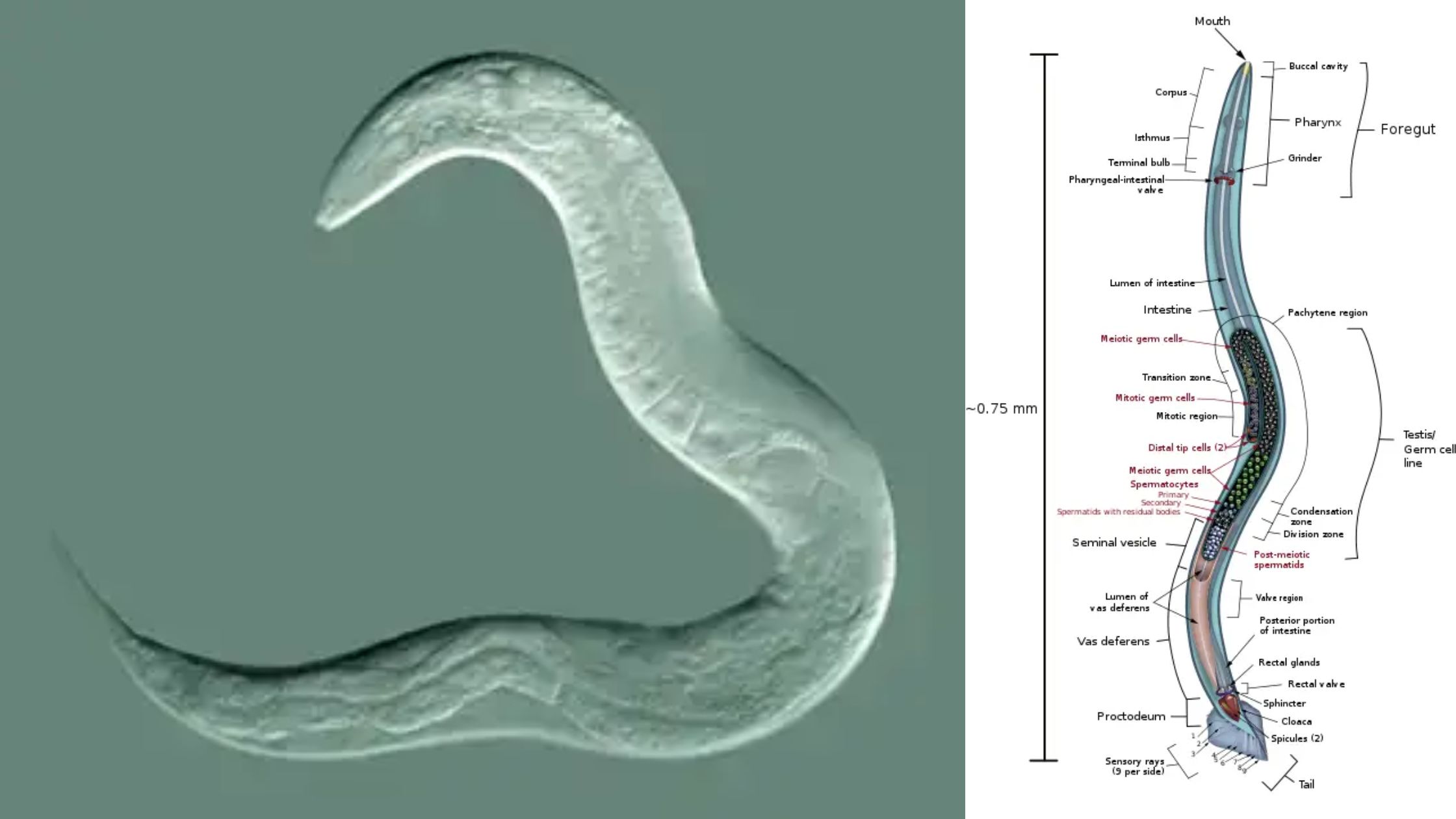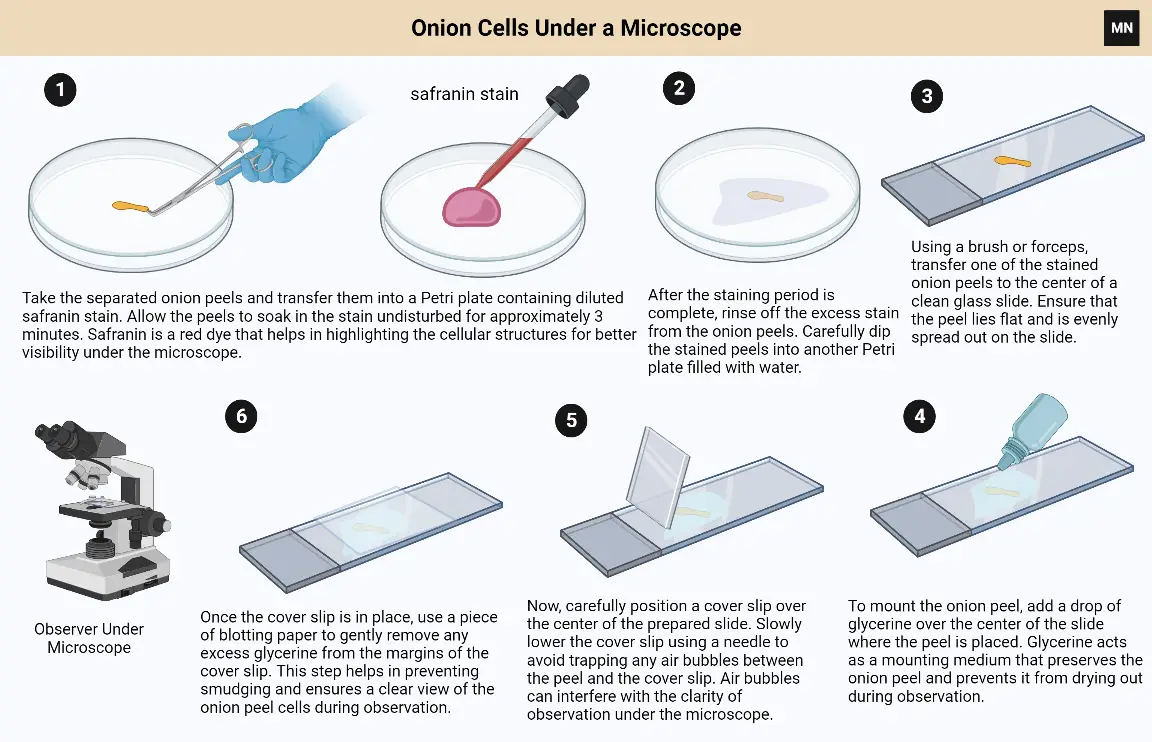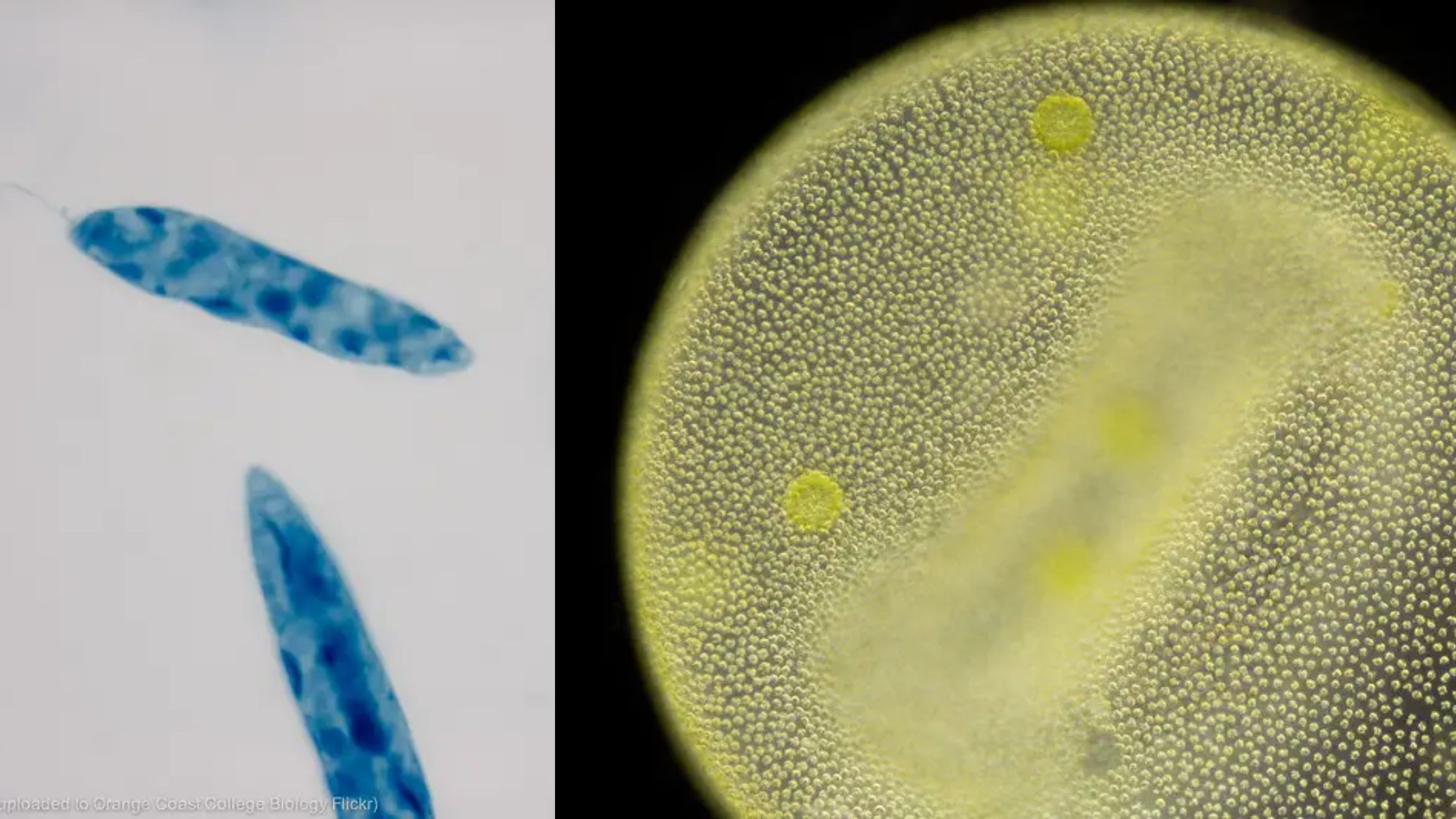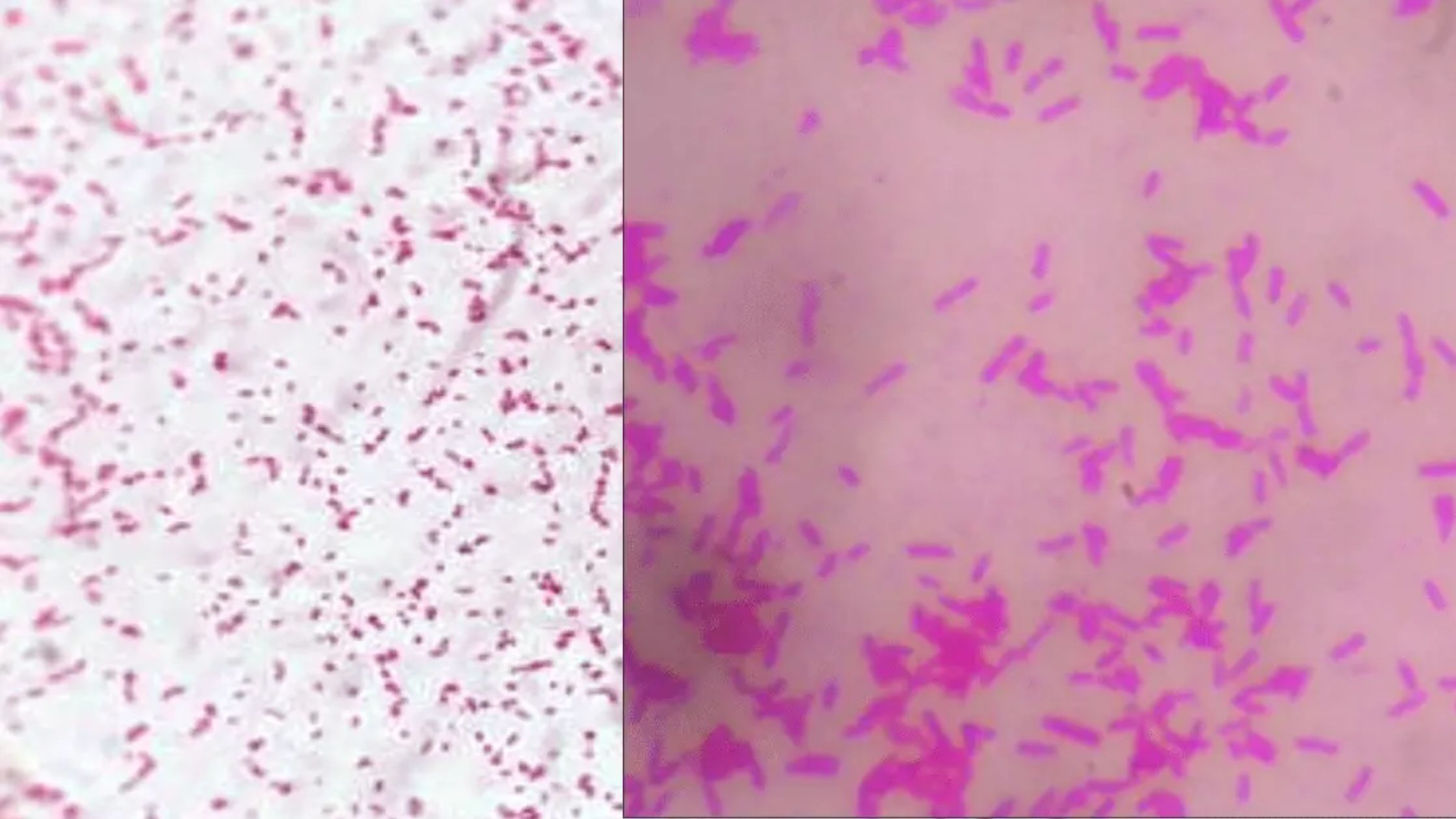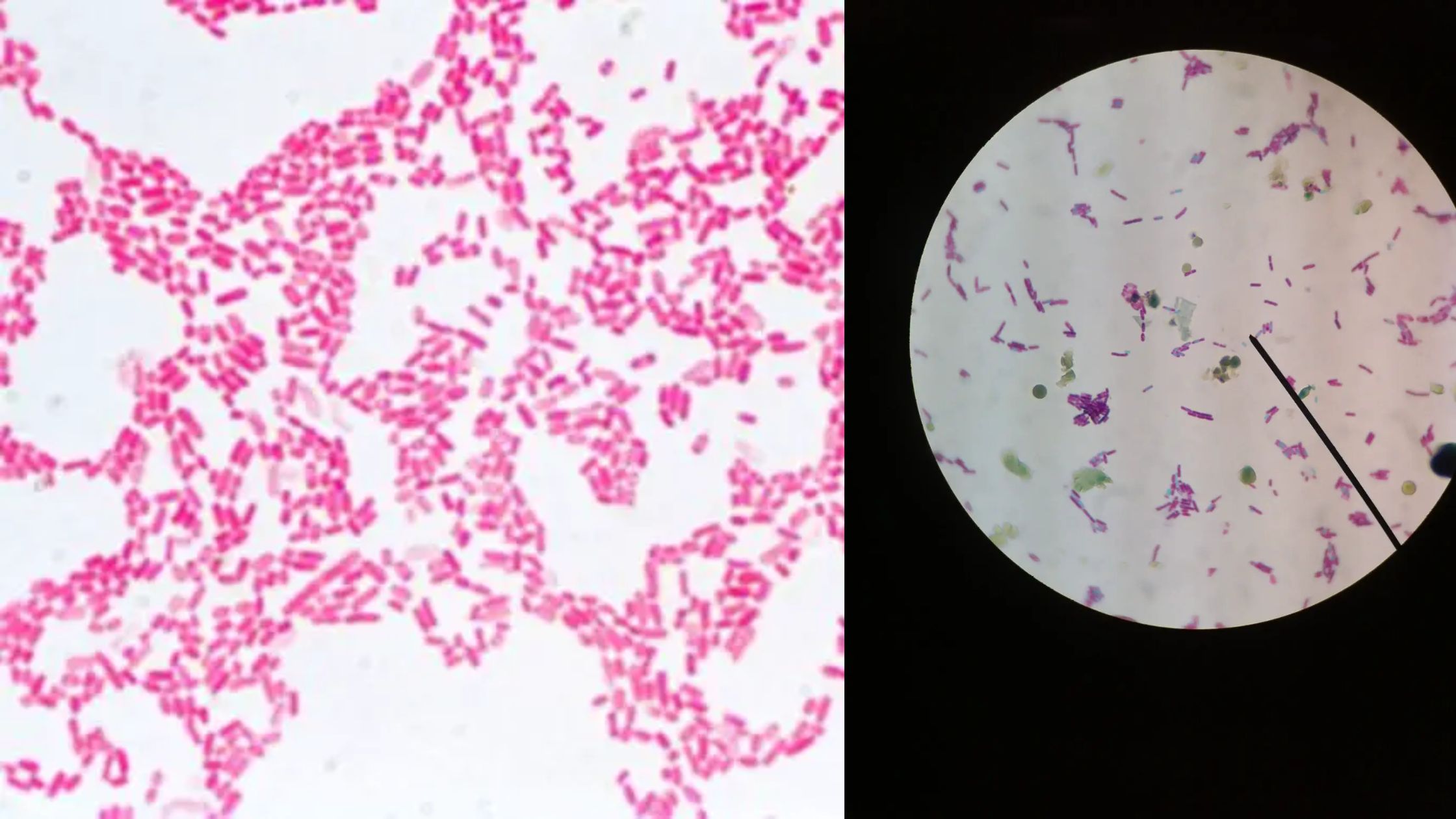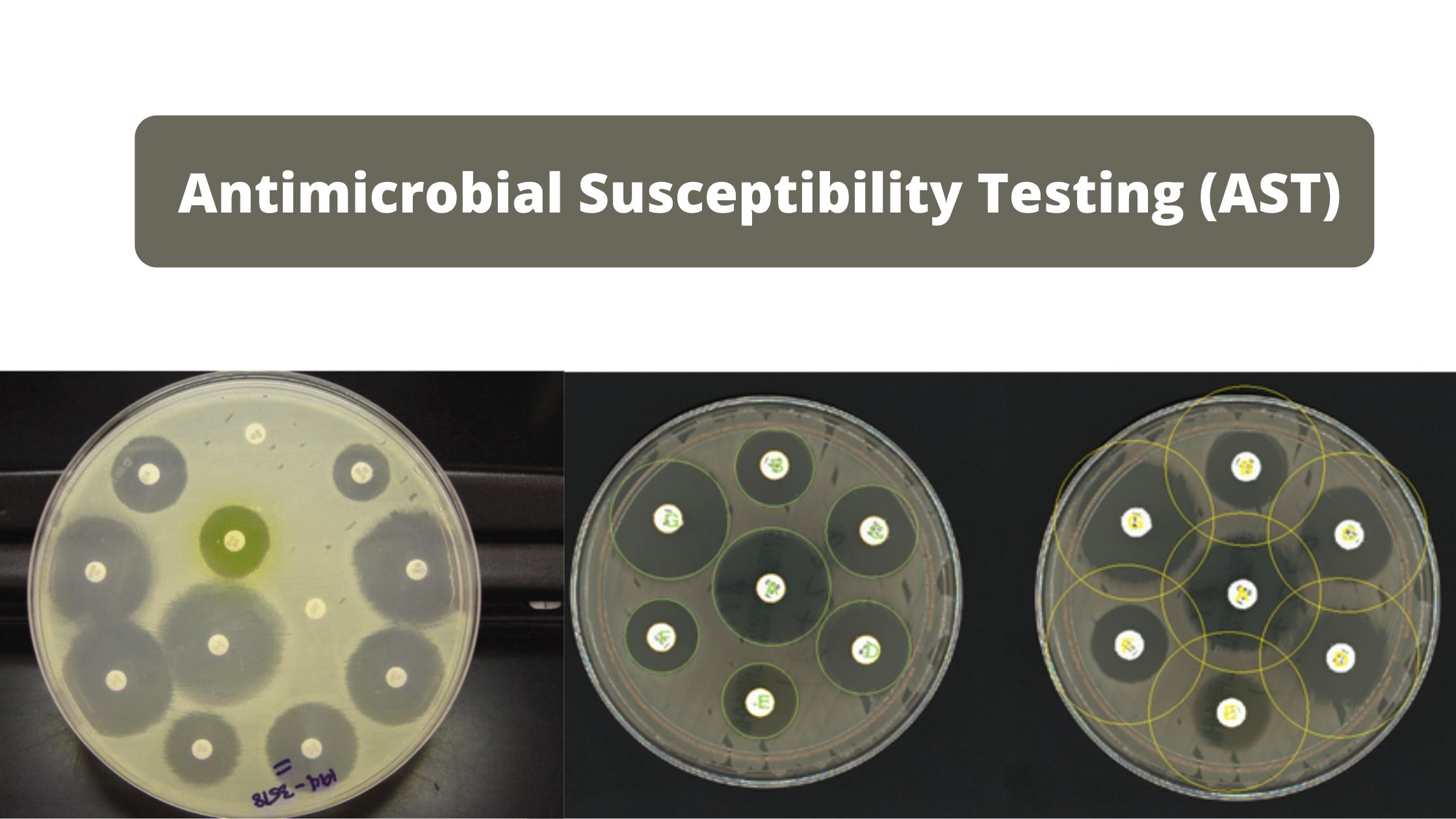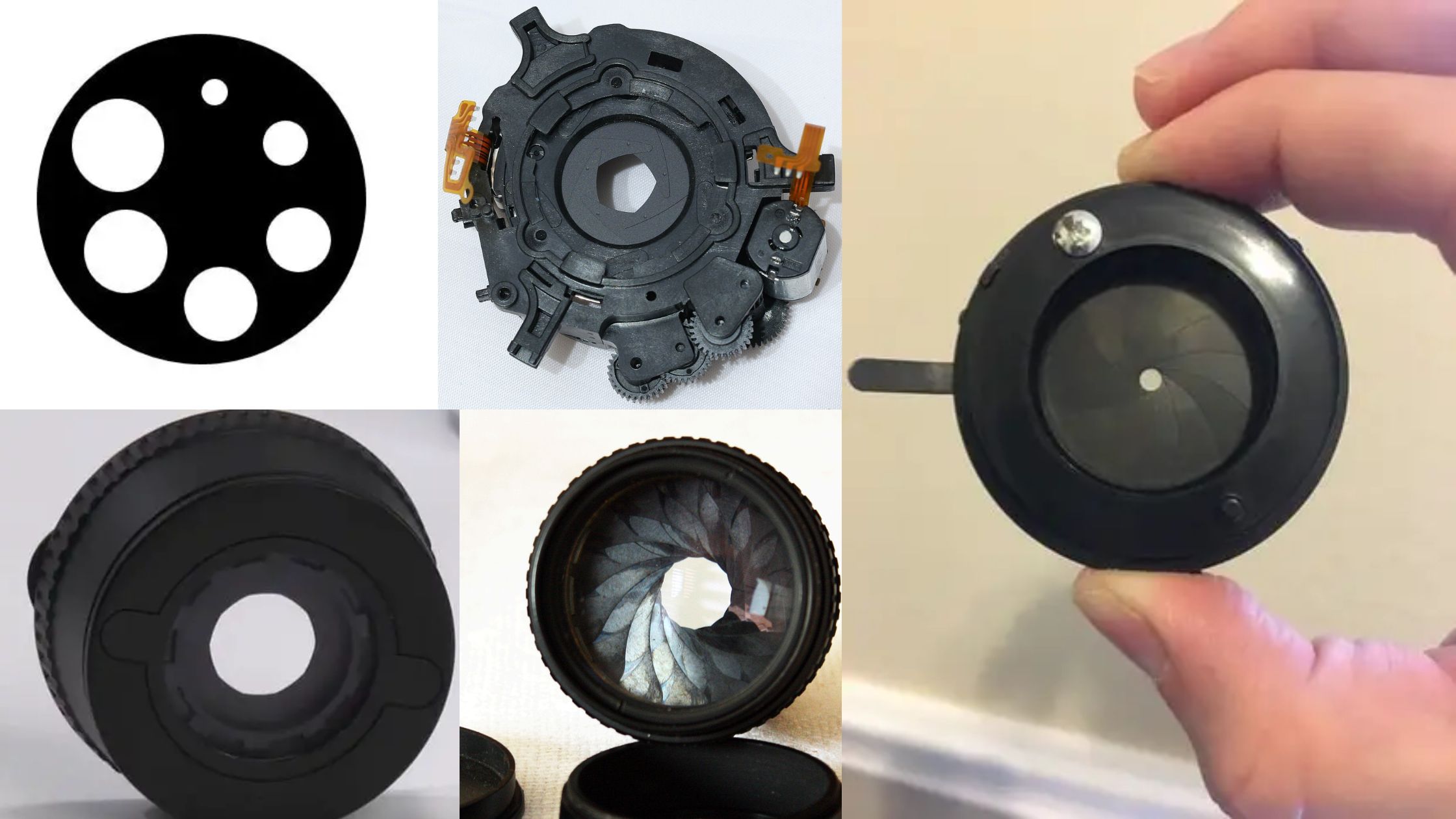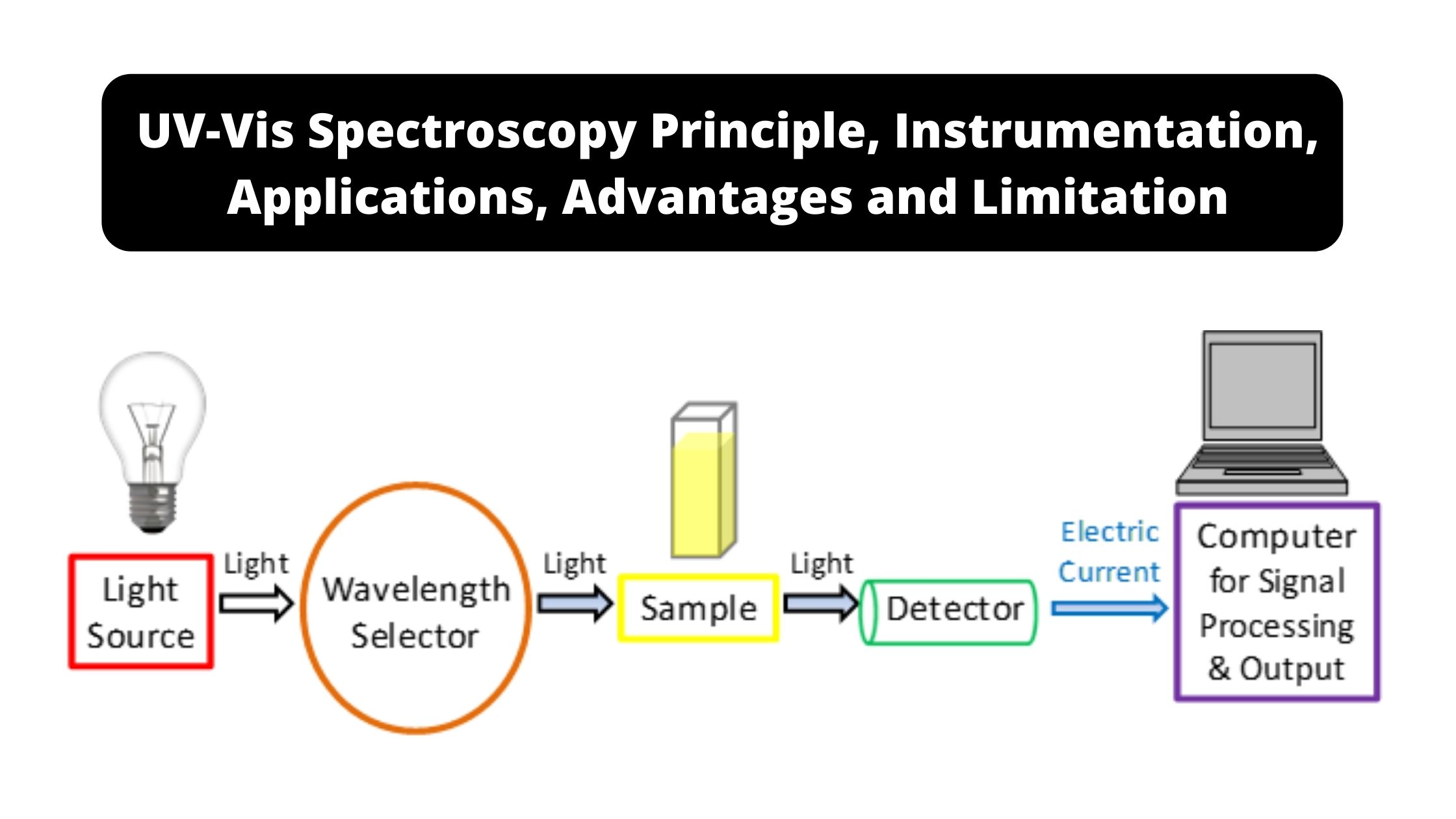Cheek Cells Under a Microscope
Cheek cells, fascinating eukaryotic entities, grace the lining of our mouths. These microscopic wonders boast a distinct structure that encapsulates a world of biological marvels within their tiny boundaries. Thanks to their ease of shedding, acquiring them for observation has become a simple yet enlightening endeavor. Within the confines of these small entities, a realm … Read more
